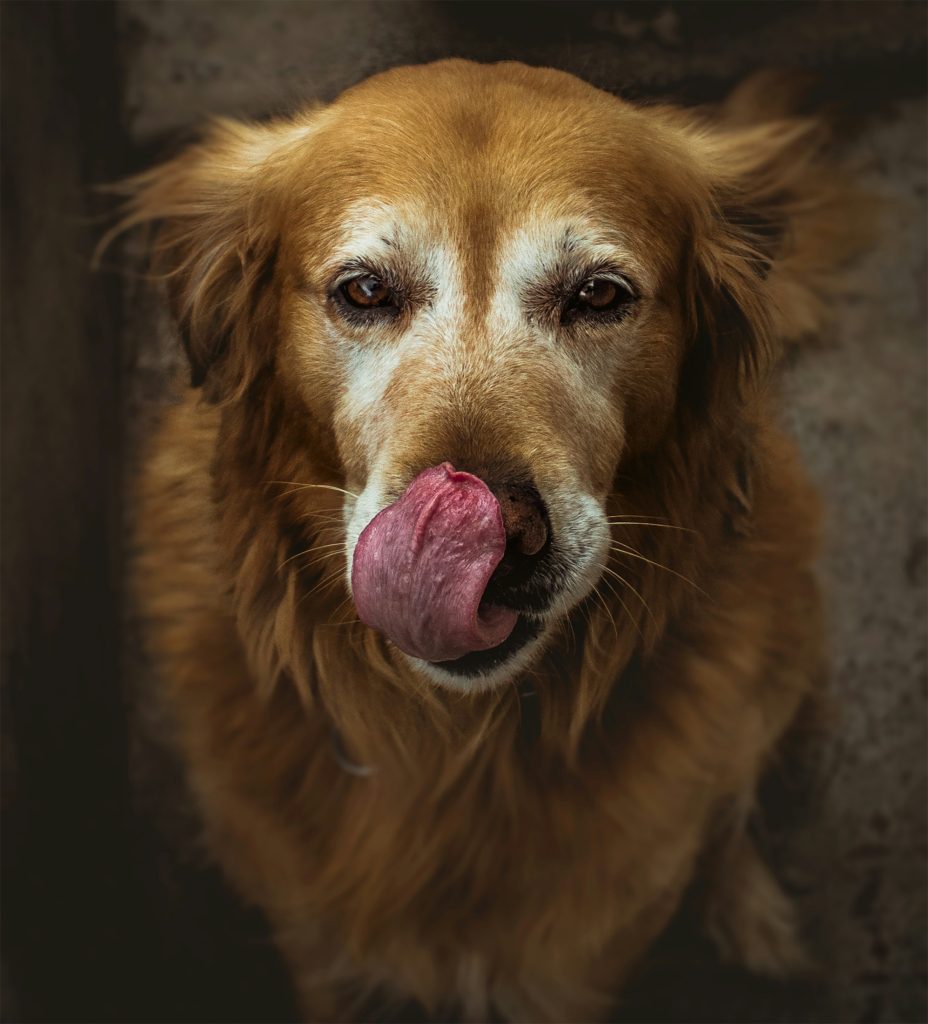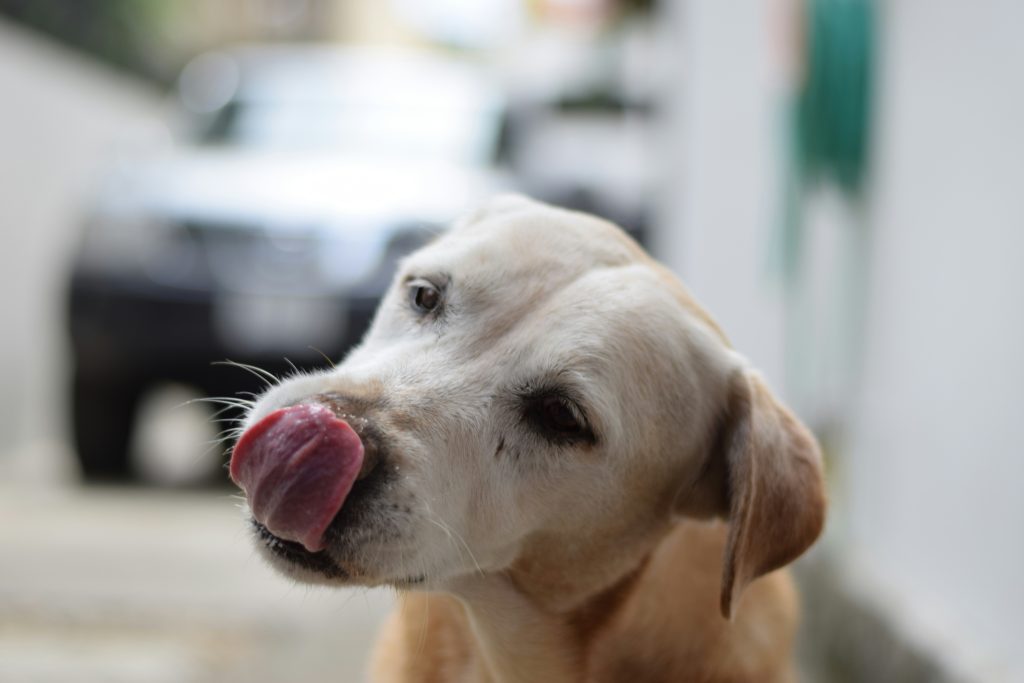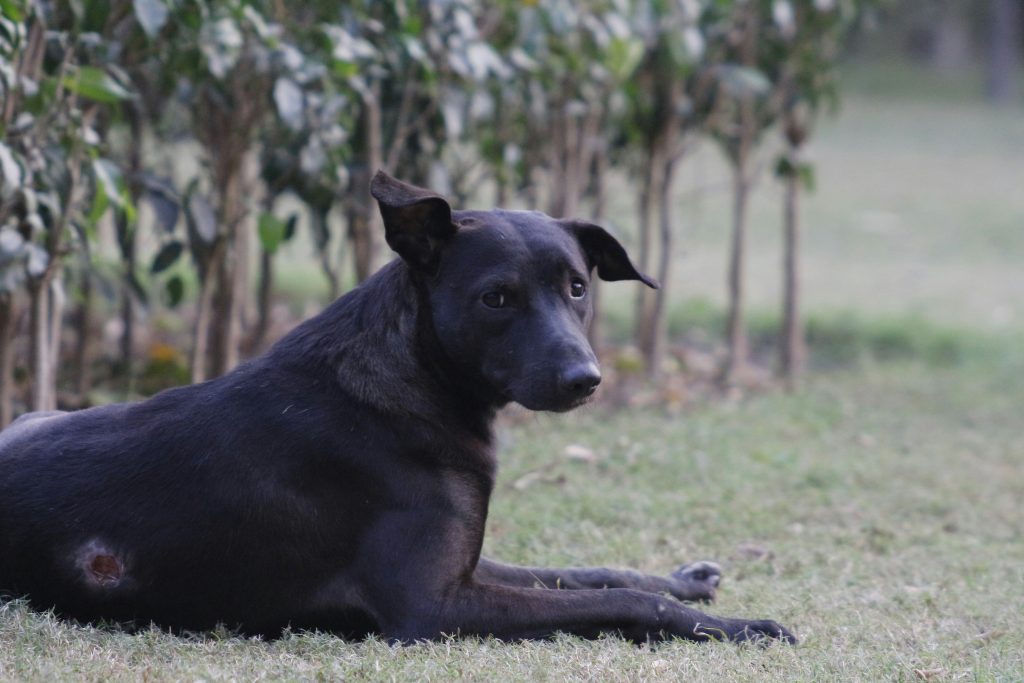Preventing Hot Spots: Daily Habits That Help
While treating hot spots is important, preventing them altogether is even better. These itchy, painful patches can pop up fast—but with some simple daily habits, you can significantly reduce your dog’s risk.
In this blog, we’ll explore practical tips you can start today to help keep your dog’s skin healthy, dry, and hot spot–free.
1. Keep Your Dog Dry—Especially After Water Play
Moisture is one of the biggest triggers for hot spots. Wet fur creates the perfect environment for bacteria to grow, especially in thick or matted coats.
💧 Do this:
-
Towel dry your dog thoroughly after baths, swimming, or walks in the rain
-
Blow-dry on a cool setting for dogs with dense or double coats
-
Pay extra attention to drying under collars, behind ears, and under legs
2. Brush Regularly
Matted fur traps dirt and moisture against the skin—two key ingredients for a hot spot. Regular brushing helps remove dead hair, allows air to circulate, and lets you spot early skin issues.
🪮 Grooming tips:
-
Brush long-haired dogs daily
-
For short-haired breeds, brush 2–3 times a week
-
Use a de-shedding tool during heavy shedding seasons
3. Address Allergies Proactively
Allergies—whether environmental, food-related, or seasonal—are major contributors to hot spots. The itch they cause often leads to licking, chewing, or scratching that damages the skin.
🌿 Try this:
-
Talk to your vet about allergy testing or food trials
-
Rinse your dog’s paws and belly after walks to remove pollen
-
Use hypoallergenic grooming products
-
Add omega-3 fatty acids to their diet for skin health
4. Use Flea and Tick Prevention Year-Round
Even one flea bite can trigger intense itching in allergic dogs. And if your dog starts chewing the area, it can quickly become infected.
🐜 Stay protected with:
-
Monthly flea and tick preventatives (oral or topical)
-
Flea comb checks after outdoor play
-
Regular vacuuming and cleaning of bedding
5. Choose Comfortable Collars and Harnesses
Tight, poorly-fitted collars or harnesses can rub and irritate your dog’s skin. Combined with moisture or heat, this friction can lead to raw spots that turn into hot spots.
🦴 What to do:
-
Check for signs of rubbing, redness, or hair loss under collars
-
Remove collars when indoors to give skin a break
-
Wash collars and harnesses regularly
6. Keep Your Dog Mentally Stimulated
Bored or anxious dogs may lick themselves obsessively—especially their legs or flanks. This compulsive grooming can break the skin and lead to hot spots.
🧠 Prevent boredom by:
-
Providing puzzle toys, chew toys, or treat-dispensing balls
-
Rotating toys every few days for novelty
-
Engaging in daily play and walks
-
Creating a predictable routine to reduce anxiety
7. Monitor for Early Signs of Trouble
Catching a skin issue early is key. A hot spot can form in just hours, but if you notice irritation quickly, you can intervene before it worsens.
👀 Check your dog’s skin regularly:
-
Behind the ears
-
Under the collar
-
Between the toes
-
Groin and belly area
-
Base of the tail
If you notice excessive licking, redness, or hair loss, act fast by cleaning the area and discouraging your dog from licking it.
8. Schedule Regular Vet and Groomer Visits
Even with your best efforts, professional help can spot what you may miss. Regular check-ups allow your vet to catch skin infections, allergies, or parasites early.
✂️ A groomer can also:
-
Trim mats and keep fur manageable
-
Spot hidden sores or signs of irritation
-
Recommend coat care products for your dog’s breed
Conclusion: Prevention Is Easier Than Treatment
Preventing hot spots is all about consistent care. By keeping your dog clean, dry, well-groomed, and mentally stimulated, you’re removing many of the biggest triggers before they start.
Daily habits don’t need to be time-consuming—but they make a world of difference to your dog’s comfort and health.



